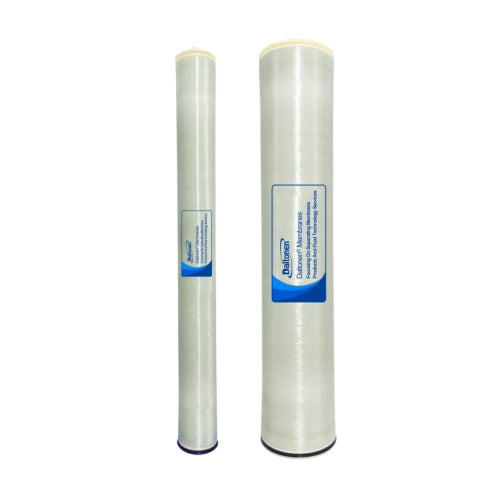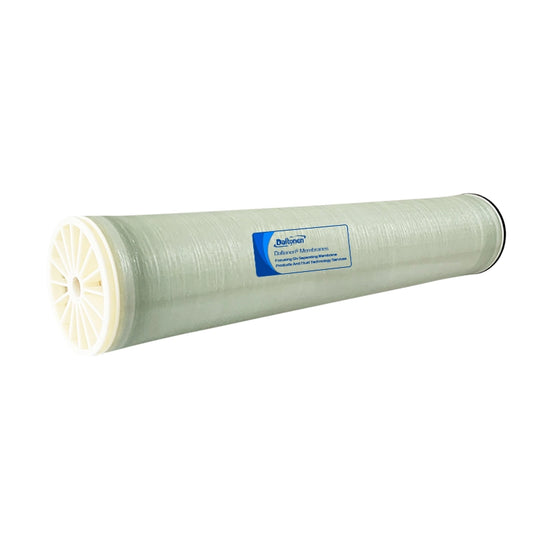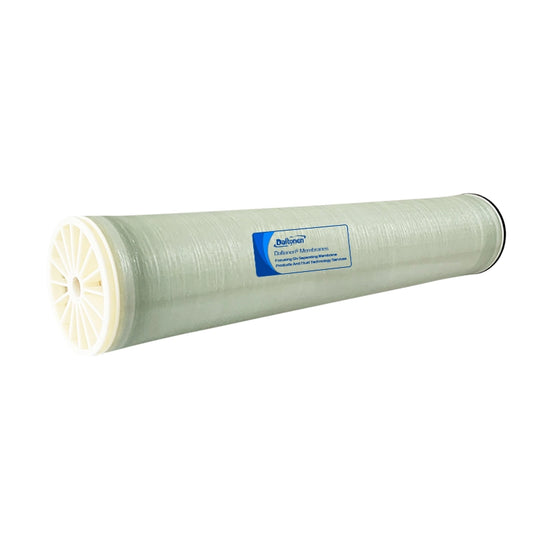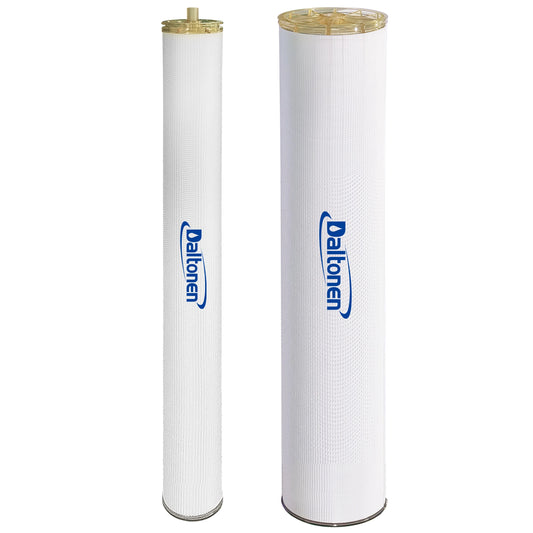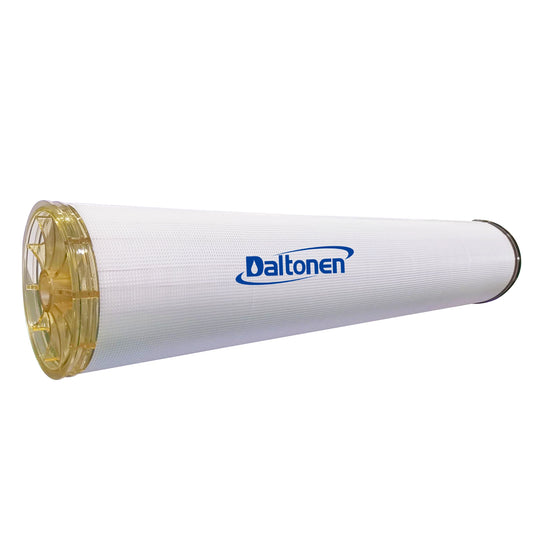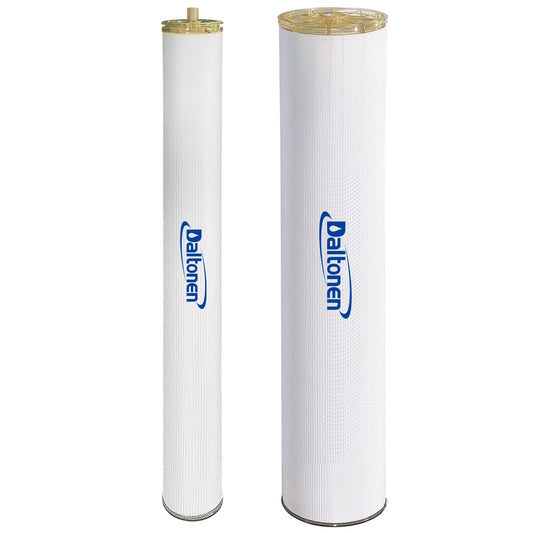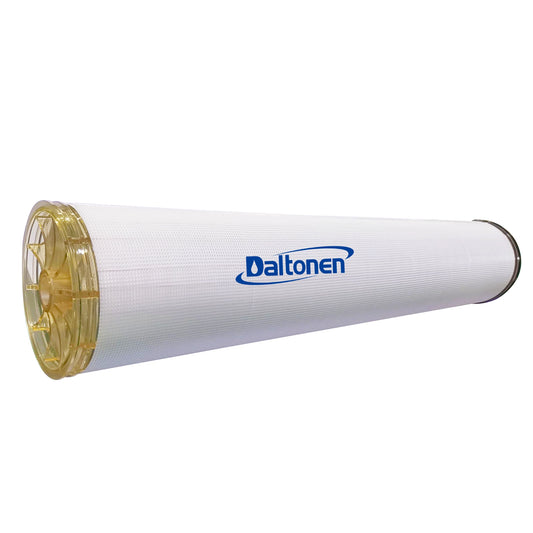Zero Liquid Discharge vs. Standard Reverse Osmosis: An Analysis of Complexity and Stringency
Zero Liquid Discharge vs. Standard Reverse Osmosis: An Analysis of Complexity and Stringency
The fundamental reason why Zero Liquid Discharge (ZLD) processes are vastly more complex and stringent than standard Reverse Osmosis (RO) systems lies in a paradigm shift in their treatment objectives.
A standard RO system aims for "water-waste separation." It produces a stream of high-purity water (permeate) while allowing a concentrated waste stream (brine) to be discharged. It is an open-loop system.
In contrast, a ZLD process targets "water-solid separation." It permits no liquid waste discharge, requiring that all dissolved solids be ultimately separated into a solid form. It is a closed-loop system that concentrates and contains all contaminants internally, presenting a significantly greater challenge.
This core difference manifests in the following areas of increased complexity and stringency:
1. Fundamental Shift in Technology: The Leap from "Membrane" to "Thermal" Processes
-
Standard RO: The Limits of "Membrane" Separation
-
Principle: Uses high-pressure pumps to overcome osmotic pressure, forcing water through a semi-permeable membrane while rejecting salts.
-
Limitation: Its concentrating ability is constrained by osmotic pressure. As brine salinity increases, the required operating pressure approaches the limits of membrane and system components, becoming economically and technically unfeasible. Therefore, standard RO "accepts" brine discharge to avoid this limit.
-
-
ZLD Process: Mandatory Introduction of "Thermal" Technology
-
Principle: To concentrate RO brine beyond membrane limits until solids form, thermal technologies must be employed. These processes use energy input to vaporize water, achieving complete separation from dissolved salts.
-
Key Equipment: The core technology shifts from RO membrane stacks to evaporators and crystallizers.
-
Evaporators: e.g., Mechanical Vapor Recompression (MVR) evaporators, use electrical energy to compress and reuse vapor as a heat source, efficiently concentrating wastewater to a supersaturated state.
-
Crystallizers: Receive the supersaturated concentrate from evaporators, facilitating the final precipitation of dissolved salts as crystals.
-
-
The Cost of the Leap: Moving from mature "membrane" technology to energy-intensive "thermal" technology represents the first major increase in system complexity, capital cost, and energy consumption.

-
2. Extreme Stringency in Pretreatment: From "Control" to "Elimination"
-
Standard RO Pretreatment Goal: Control Fouling and Scaling
-
Method: Uses multimedia filtration, microfiltration/ultrafiltration, antiscalants, and biocides to maintain feed water quality within membrane manufacturers' limits. The goal is to "inhibit" or "slow down" scaling/fouling, allowing performance recovery via periodic chemical cleaning.
-
-
ZLD Pretreatment Goal: Eliminate Scaling Risk Entirely
-
Reason: Scaling on the heat transfer surfaces of evaporators is extremely difficult to clean and drastically reduces efficiency, potentially causing system shutdown. Therefore, scaling ions must be "eradicated" upstream.
-
Method: Chemical softening is standard. Processes like lime-soda softening precipitate and remove scale-forming cations and silica to near-zero levels, far exceeding standard RO pretreatment requirements.
-
Stringency: The chemical softening system is a complex chemical plant involving reactors, clarifiers, and sludge handling, often more complex than a standard RO pretreatment train itself.
-
3. System Integration and Control Complexity: From "Simple Train" to "Complex Network"
-
Standard RO System: Features a relatively simple flow path: "Pretreatment → RO Unit." Units are somewhat independent, with straightforward control logic.
-
ZLD System: Constitutes a highly integrated, multi-unit, tightly coupled complex.
-
Typical Flow Path: Advanced Pretreatment → Chemical Softening → Media Filtration → Advanced Membrane Concentration → Thermal Evaporation → Crystallization.
-
System Coupling: Each unit impacts the others. The recovery rate of the membrane stage affects the evaporator load; evaporator condensate quality affects reuse; crystallizer operation impacts salt balance.
-
Control Complexity: Requires extensive instrumentation and complex interlocked control logic to maintain stable operation. A failure in one unit can cascade through the entire system.
-
4. Order-of-Magnitude Difference in Energy Consumption and Operating Costs
-
Standard RO: Energy is primarily for high-pressure pumps, with specific energy consumption typically around 1-3 kWh per cubic meter of water.
-
ZLD Process: Energy is primarily for vaporizing water. Despite efficient heat recovery in MVR, its specific energy consumption is 5 to 10 times higher or more than standard RO, resulting in prohibitively high operating costs.
5. The Challenge of Final Solid Waste Disposal
-
Standard RO: The problem is transferred by discharging the brine.
-
ZLD Process: Transforms a water problem into a solid waste problem. The resulting mixed salts are complex, low-purity, often classified as hazardous waste, and entail very high costs for transportation, treatment, and landfill disposal, posing a long-term environmental risk.
Summary Comparison
|
Feature |
Standard Reverse Osmosis System |
Zero Liquid Discharge Process |
|---|---|---|
|
Core Objective |
Water-Waste Separation |
Water-Solid Separation |
|
Technical Basis |
Membrane Separation |
Membrane + Thermal Processes |
|
System Complexity |
Relatively Simple |
Highly Complex, Integrated System |
|
Pretreatment Goal |
Control Fouling/Scaling |
Eliminate Scaling Ions |
|
Energy Consumption |
Relatively Low |
Very High |
|
Final By-products |
Permeate, Brine (Discharged) |
Pure Water (Reused), Mixed Salts (Solid Waste) |
|
Operating Costs |
Lower |
Very High |
Conclusion: The complexity and stringency of ZLD processes stem from the thermodynamic imperative to force dissolved solids into a solid state. This requires a longer technological chain, more extreme pretreatment, higher energy expenditure, and creates a more intractable final solid waste problem. Consequently, ZLD is typically deployed as a "solution of last resort" under stringent regulatory mandates, rather than an economically optimal choice.
